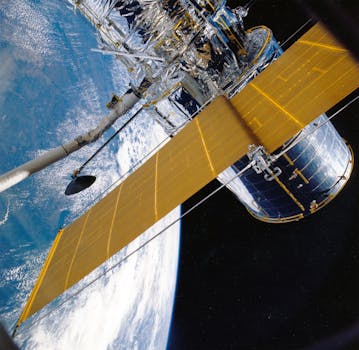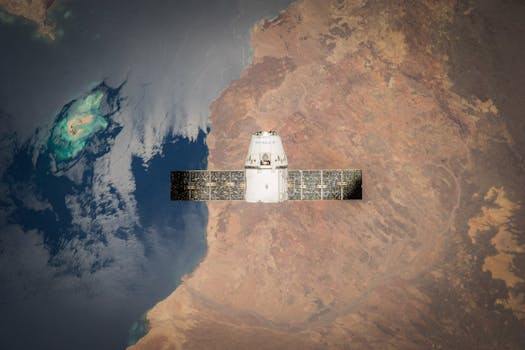Beyond Earth: How Recent Advances Are Shaping Satellite Telecommunications

Beyond Earth: How Recent Advances Are Shaping Satellite Telecommunications
Recent advances in satellite telecommunications are transforming the way we communicate beyond Earth. With improved technologies and increased investment, satellite telecommunications are becoming more efficient, reliable, and accessible. The focus of this article is on Beyond Earth: How Recent Advances Are Shaping Satellite Telecommunications, and we will delve into the latest developments and innovations in this field.
Introduction to Satellite Telecommunications

Satellite telecommunications involve the use of artificial satellites in orbit around the Earth to transmit and receive signals. These signals can be used for a variety of purposes, including communication, navigation, and remote sensing. Satellite telecommunications have been around for several decades, but recent advances have significantly improved their capabilities and expanded their applications.
The use of satellite telecommunications offers several advantages, including global coverage, high-speed data transfer, and reliability. Satellites can provide communication services to remote or underserved areas, where traditional terrestrial infrastructure is lacking. They can also be used to provide backup communication services in case of natural disasters or other emergencies.
Recent Advances in Satellite Telecommunications

Several recent advances have significantly improved the capabilities of satellite telecommunications. One of the most significant advances is the development of high-throughput satellites (HTS). HTS satellites use advanced technologies such as spot beams and frequency reuse to provide higher data transfer rates and greater capacity.
Another significant advance is the development of low-Earth orbit (LEO) satellites. LEO satellites orbit the Earth at an altitude of around 160-2,000 kilometers, which is much lower than traditional geostationary satellites. This lower altitude reduces latency and improves communication speeds. LEO satellites are also less expensive to launch and operate than traditional satellites.
The use of advanced materials and technologies has also improved the efficiency and reliability of satellite telecommunications. For example, the use of solar panels and advanced power systems has improved the power efficiency of satellites, while the use of advanced propulsion systems has improved their maneuverability and reduced their fuel consumption.
Applications of Satellite Telecommunications

Satellite telecommunications have a wide range of applications, including communication, navigation, and remote sensing. They are used by governments, businesses, and individuals around the world to provide communication services, track assets, and monitor the environment.
One of the most significant applications of satellite telecommunications is in the provision of broadband internet services. Satellites can provide high-speed internet access to remote or underserved areas, where traditional terrestrial infrastructure is lacking. They can also be used to provide backup internet services in case of natural disasters or other emergencies.
Satellite telecommunications are also used in the navigation sector, where they provide location information and timing signals to GPS receivers. This information is used by a wide range of applications, including aviation, maritime, and land transportation.
Conclusion

In conclusion, recent advances in satellite telecommunications are transforming the way we communicate beyond Earth. With improved technologies and increased investment, satellite telecommunications are becoming more efficient, reliable, and accessible. The applications of satellite telecommunications are diverse and continue to expand, from communication and navigation to remote sensing and beyond.
See more:





